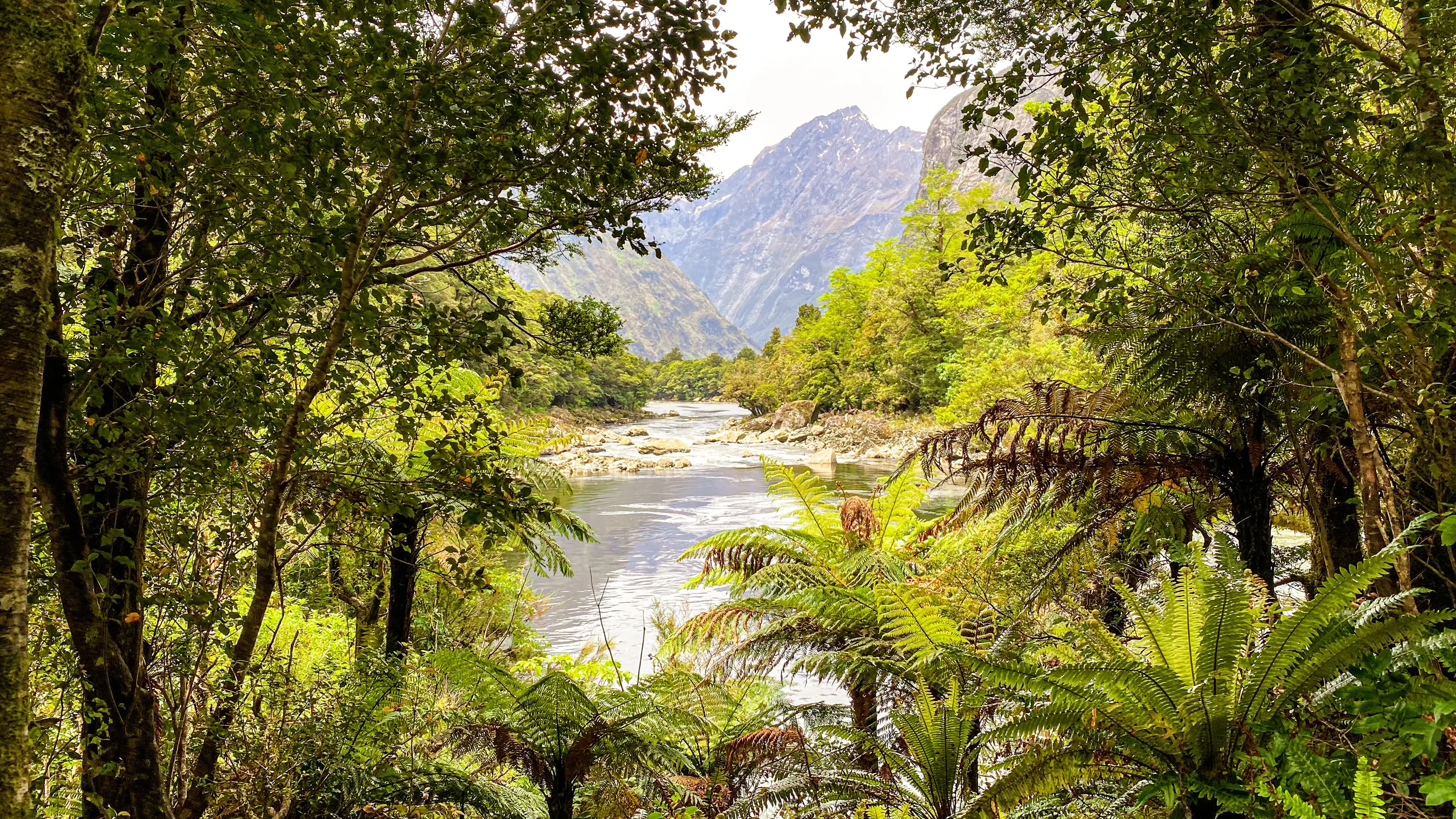7/11/2023·3 mins to read
He Poutama – Part Two: Tikanga Māori me Te Ture Taiao | Tikanga Māori and Environmental Law

Our last article provided a brief sketch of He Poutama - Te Aka Matua o Te Ture | Law Commission’s study paper on the role of tikanga Māori concepts in state law (statute and common law). Building on that, this article discusses the relevance of He Poutama for those working with the tikanga concepts in environmental law.
To some extent, the Resource Management Act 1991 (RMA) has, over a relatively long period, required the weaving of tikanga with state-law. There will be argument over whether this represents the tukutuku model suggested in He Poutama. However, in 2021, the High Court observed that the RMA is “replete with kupu Māori”, and that “Parliament plainly anticipated that… decision-makers will be able to grasp these concepts and where necessary, apply them in accordance with tikanga Māori”. The High Court said this resulted in, over three decades, an “an evolving understanding and application of mātauranga and tikanga Māori”[1].
For many, kaitiakitanga - generally understood as the ethic of stewardship[2] - is thought of as the key tikanga concept in relation to environmental decision-making. It is a relevant matter for decision-makers under the RMA. He Poutama describes kaitiakitanga as a “concept of responsibility” - but, importantly, places it within the broader system of tikanga concepts and principles - including “whakapapa and whanaungatanga”[3]. These two closely related concepts reflect “the importance in te ao Māori of all things being connected”. From a legal point of view, they “define identity, status and the terms of relationships”. They “prescribe standards and behaviours designed to maintain relationships” - including the kaitiaki responsibility to care for the environment. The concept of kaitiakitanga is an intrinsic aspect of tikanga-based relationships between tangata whenua and places of significance.
For environmental law the notion of such relationships is not new. Justice Williams in the Supreme Court has described the interests of tangata whenua in a particular area as:
… the longest-standing human-related interests in that place. As with all interests, they reflect the relevant values of the interest-holder. Those values - mana, whanaungatanga and kaitiakitanga - are relational. They are also principles of law that predate the arrival of the common law in 1840.
These relationships are “matters of national importance” that must be “recognised and provided for” under section 6(e) of the RMA. And the purpose of the Natural and Built Environment Act 2023 (NBEA) is to uphold te Oranga o Te Taiao, which is defined as including “the relationship between iwi and hapū that is based on whakapapa”.[4]
The courts now generally understand the environmental issues raised by Māori from this tikanga-based ‘relational’ point of view. They have increasingly emphasised that, when required to do so, decision-makers must engage with tikanga and endeavour to understand it from a Te Ao Māori perspective. This means that all participants in the decision-making process (lawyers, witnesses etc) also need to deepen their understanding of tikanga. In this regard He Poutama is an invaluable resource, especially in the way it analyses tikanga, as a system, in a structured and systematic way. The application of this analysis is then brought to life through the case-studies, including one demonstrating how multiple hapū relationships with a resource should be reflected in a consultation process.[5]
And for those wanting to understand how these concepts can be addressed in evidence He Poutama includes an incredibly comprehensive review of evidence that has been provided to the courts and Waitangi Tribunal over the last few decades.
Whatever the fate of the NBEA might be it can reasonably be expected that the “understanding and application of mātauranga and tikanga Māori” will continue to evolve in the context of environmental law. He Poutama will play an important role in this.
Special thanks to Sarah Gwynn and Avary Patutama for their assistance in writing this article.
He Poutama Series
Part 1: Weaving tikanga and state law together
[1] Ngāti Maru Trust v Ngāti Whātua Ōrākei Whai Maia Ltd [2021] 3 NZLR 352, [64]
[2] While it defined in these terms in the RMA and NBEA, the concept is perhaps better described as a ‘socio-environmental’ concept. See, for example Merata Kawharu “Kaitiakitanga: Maori Resource Management” (2000) 110:4 Journal of the Polynesian Society 355.
[3] Page 13.
[4] Section 3(3).
[5] Page 117.










